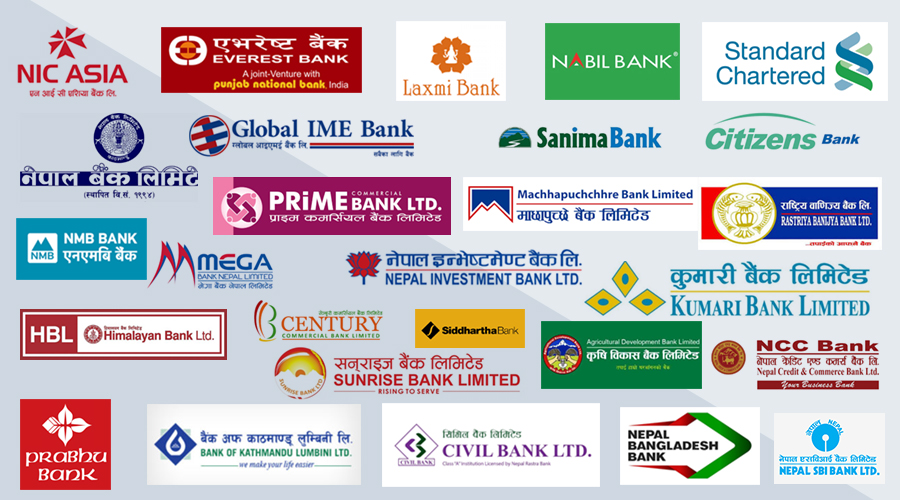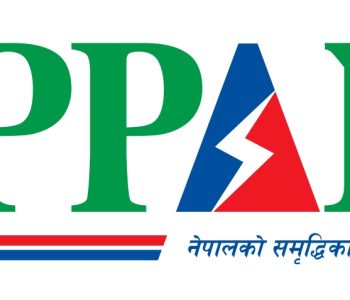Interest rates of commercial banks drop to lowest in three years

KATHMANDU: The average interest rate on loans provided by commercial banks in Nepal has fallen to 9.68% by the end of the first month of the current fiscal year. This marks the lowest rate in nearly three years. In comparison, at the end of the previous fiscal year in mid-July (Asar), the average interest rate stood at 9.93%.
With the average interest rate dropping to 9.68%, several loan products have now entered the single-digit interest range. Loans provided to the deprived sector have seen the interest rate fall to 8.99%, down from 9.15% in mid-July. Similarly, the interest rate on bill purchase loans has also decreased, now sitting at 9.39%. Although there was a slight increase compared to July, it has remained within the single-digit range.
Interest Rates Across Loan Categories
In the first month of the fiscal year, the interest rate on term loans was recorded at 10.13%, slightly down from 10.33% in mid-July. However, the interest rate on overdraft loans remains the highest among all loan categories, at 11.08% by the end of July.
Likewise, the interest rate on cash credit loans has decreased from 10.25% in mid-July to 10.03% by the end of July. Working capital loans also saw a drop, falling from 10.11% in mid-July to 9.88% at the end of July.
Additionally, the interest rate on housing loans has decreased from 10.28% in mid-July to 10.15% at the end of July, while the interest rate on real estate loans also dropped, settling at 10.33%, down from 10.45%.
The share loan interest rate, which stood at 10.50% in mid-July, fell to 10.18% by the end of July. Furthermore, the interest rate on hire-purchase loans has decreased to 10.32%, the same as for other products during this period.
Commercial Banks’ Loan Investments
According to data from the Nepal Rastra Bank, as of the end of July, commercial banks in Nepal have invested a total of NPR 4.552 trillion in loans across various sectors. Among this, NPR 1.692 trillion has been invested in term loans, while NPR 88.87 billion has been allocated for overdraft loans. The banks have invested NPR 588 billion in cash credit loans.
Additionally, NPR 56.98 billion has been provided as loans for import financing, while working capital loans account for NPR 712 billion. In the housing sector, commercial banks have invested NPR 316 billion, while real estate loans account for NPR 224 billion, and hire-purchase loans stand at NPR 107 billion.
Further, NPR 263 billion has been allocated to loans for the deprived sector, NPR 6.79 billion in bill purchase loans, and NPR 392 billion in other loan products.
The gradual reduction in interest rates reflects a broader trend of easing financial conditions in the country’s banking sector. This has been welcomed by businesses and investors, as lower borrowing costs could encourage greater investment in various sectors, including housing, real estate, and the deprived sectors.
While the decrease in interest rates provides some relief for borrowers, especially for those engaged in critical sectors like agriculture, production, and infrastructure, banks are still managing the delicate balance between maintaining liquidity and sustaining profitability amid fluctuating economic conditions.













Facebook Comment